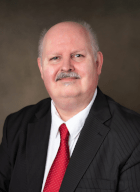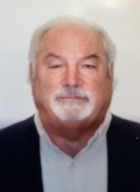Japanese Car Share Plummets in Thailand, China Gains
THAILAND REPORT

The share of Japanese automakers in Thailand’s new car market, once considered a “stronghold for Japanese cars,” is plummeting. This is due to the rapid adoption of electric vehicles due to the government’s preferential policies and the rise of Chinese manufacturers focusing on electric vehicles. Thailand is also the largest automobile manufacturing base in Southeast Asia, and this could affect the entire regional market. According to a tally by Toyota Motor’s Thai subsidiary, the nine Japanese giants will have a combined market share of 77.8% in 2023. They once held a 90% share, but the 2023 mark was 7.6 percentage points lower than the previous year.
In Thailand, companies that import EVs can receive a subsidy of up to 150,000 baht (about $600,000) per vehicle and a tariff reduction of up to 40% if they sign a memorandum of understanding with the government. More than 10 companies, including Chinese EV giant BYD, have signed the MOU because of the lower selling price.




 Consumers, Professionals Boost Lawn & Garden Spending
Consumers, Professionals Boost Lawn & Garden Spending 

